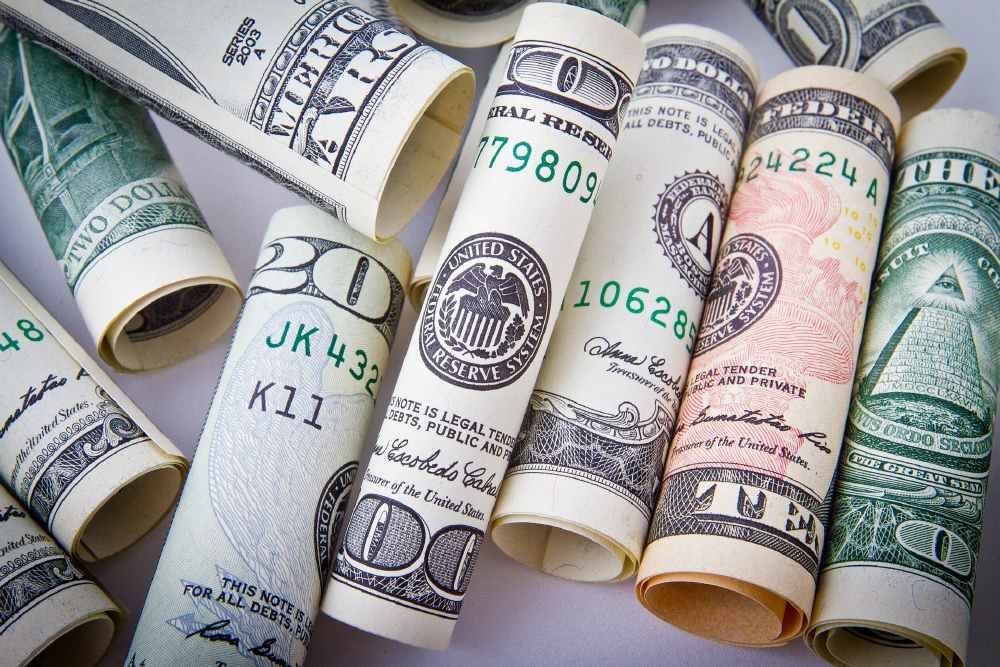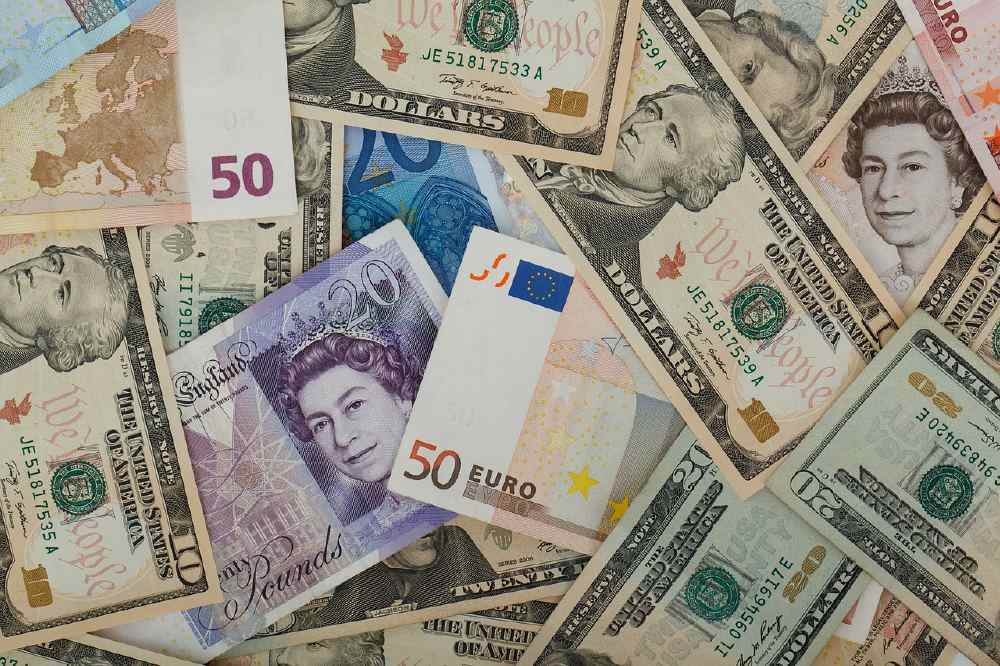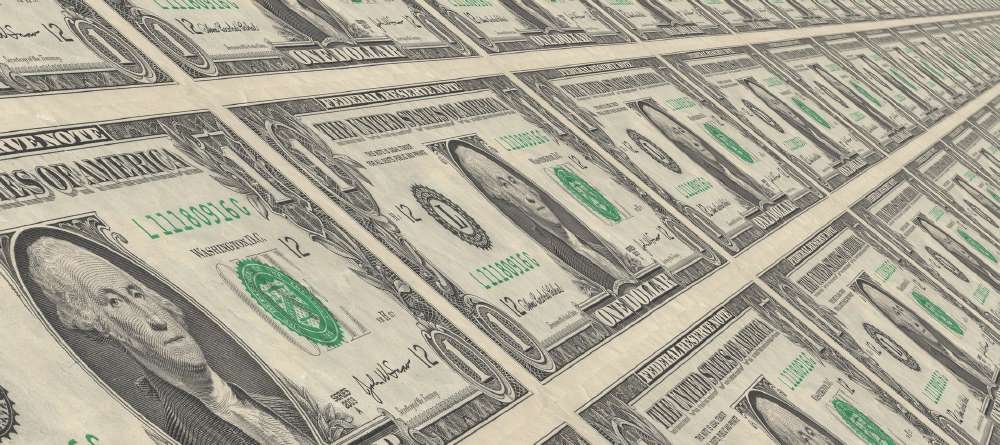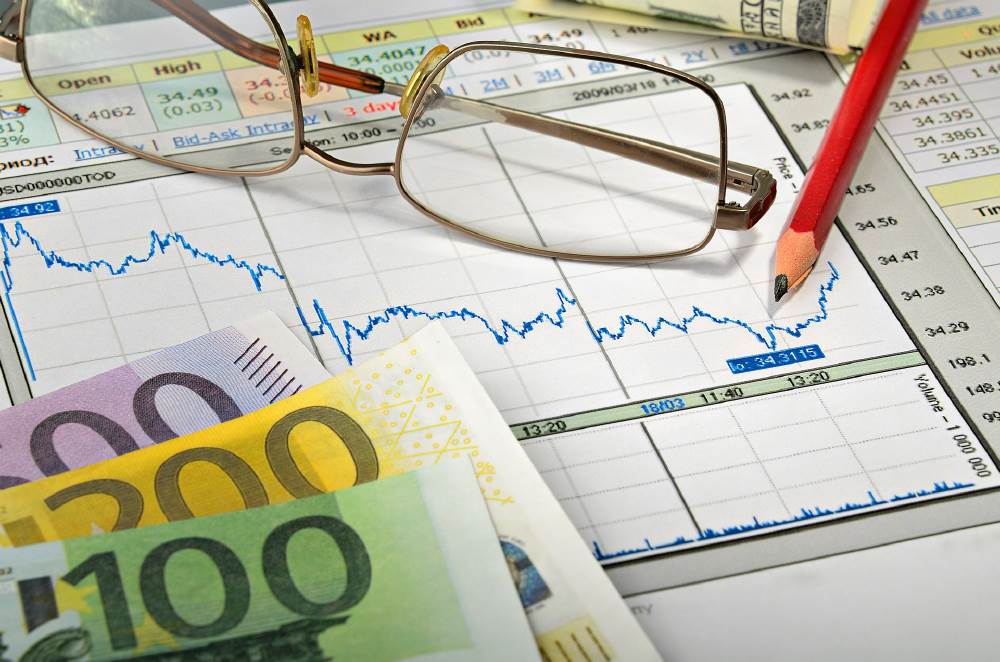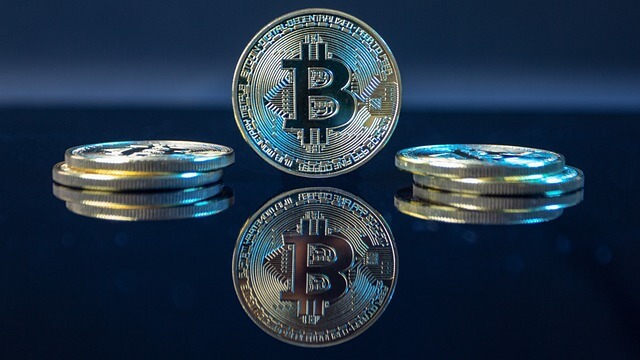Canadian Dollar Retreats on Declining Energy Prices
The Canadian dollar declined against its US counterpart on Wednesday, as tumbling energy prices outweighed stronger than forecast growth in Canadian wholesale sales.
The loonie tumbled to 0.8036 US after climbing to a daily high of 0.8089 US on Tuesday. The USDCAD exchange rate advanced 0.6 percent to 1.2445 and is testing initial resistance at 1.2449. On the downside, initial support is likely found at 1.2329.
In economic data, Canadian wholesale trade rebounded sharply in December, led by widespread gains in all sectors. Wholesale sales rose 2.5 percent to $55.4 billion in December, surpassing forecasts calling for a 0.3 percent gain. Wholesale sales had declined 0.3 percent in November.
Six of seven subsectors representing 80 percent of wholesale trade increased in December, led by motor vehicles and parts as well as miscellaneous goods. The motor vehicle industry posted its third consecutive monthly increase, official data showed.
Solid wholesale trade figures weren’t enough to lift the commodity-sensitive loonie after energy prices declined on Wednesday. US crude declined 1.27 percent to $52.85 a barrel. Global benchmark Brent crude dipped 1.55 percent to $61.56 a barrel.
Canada is home to the world’s third-largest known oil reserves and relies heavily on energy exports to fuel its domestic economy. The energy sector accounts for about one-third of Canada’s total export sales. Oil’s seven-month plunge is weighing heavily on the Canadian economy. Alberta, which is home to the country’s oil and gas industry, is expected to sink into a mild recession this year, according to the latest forecast by the Canadian Imperial Bank of Commerce (CIBC).
The US dollar was broadly supported on Wednesday, as investors disregarded weaker than forecast housing and industrial production data following news that Greece officially submitted a loan request to its EU paymasters.
The US dollar index, which measures the dollar’s performance against a basket of six currencies, rose 0.3 percent to 94.33.
US housing starts declined 2 percent in January, but remained above the important one-million mark for the fifth month running. Single-family starts eased off six-and-a-half year highs, slipping 6.7 percent to 678,000.
Building permits, a gauge of residential construction intentions, declined 0.7 percent to a seasonally adjusted annual pace of 1.05 million, official data showed.
Separately, US industrial production rose less than forecast in January, the Board of Governors of the Federal Reserve System confirmed today. Industrial production rose 0.2 percent in January after declining 0.3 percent the month before. The capacity utilization rate, which measures how fully companies are using their resources, declined 0.3 percentage points to 79.4 percent.


